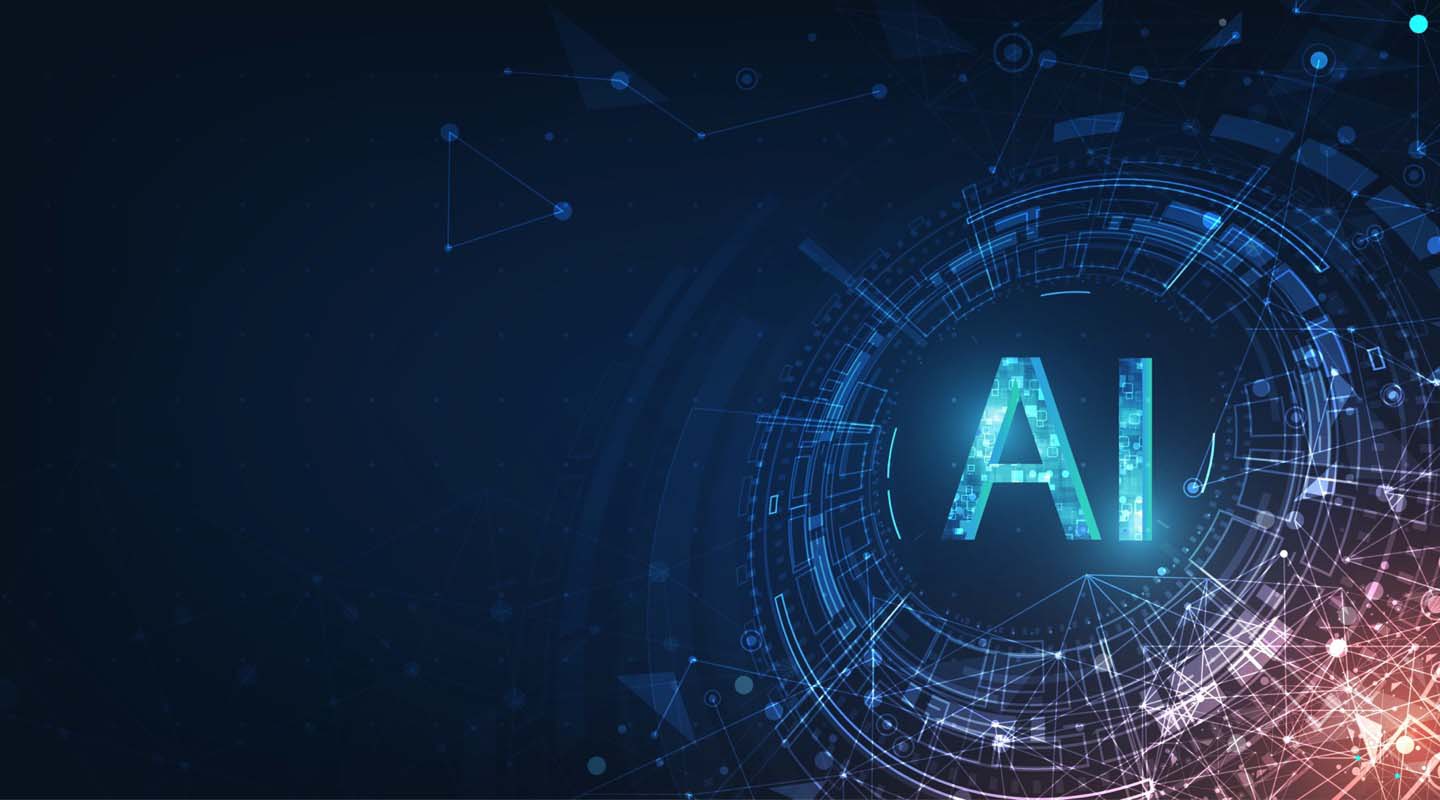Introduction to Programming with Python
Python is high-level, interpreted, and dynamically programming language . A beginner-level course called Introduction to Programming with Python is intended to teach the basics of programming to those with little to no prior knowledge. The course teaches the fundamentals of Python's object-oriented programming language, data structures, control structures, functions, and modules. By the end of the course, students will have a firm grasp of the fundamentals of writing Python scripts and be able to use that knowledge to address practical issues.
Skills you will learn
- Basic programming concepts: Variables, data types, expressions, operators, functions, control structures, and more.
- Writing and executing Python code: Understanding the syntax and structure of the Python language, as well as how to run and debug programs.
- Data structures: How to work with lists, tuples, dictionaries, sets, and more to manage and process data.
- Algorithms and problem-solving: How to use Python to solve common programming problems, such as searching, sorting, and manipulation of data.
- Modules and libraries: How to import and use existing Python libraries and modules to perform specific tasks, such as data visualization or web scraping.
- Object-Oriented Programming (OOP): Understanding the basics of OOP in Python, including classes, objects, inheritance, and polymorphism.
- File handling: How to read and write data from and to files in Python, and how to use file I/O to store and retrieve data.
Syllabus
- Introduction to programming:
- Overview of programming concepts and paradigms
- Setting up the programming environment and running Python code
- Python fundamentals:
- Variables, data types, and expressions
- Operators, control structures, and functions
- Input/output and working with files
- Debugging and error handling
- Data structures:
- Lists, tuples, and dictionaries
- Sets and strings
- Indexing and slicing
- Algorithms and problem-solving:
- Searching and sorting algorithms
- Recursion
- Basic data analysis and manipulation
- Modules and libraries:
- Overview of Python libraries and modules
- Using existing libraries for data analysis and visualization
- Installing and using external packages
- Object-Oriented Programming (OOP):
- Classes and objects
- Inheritance and polymorphism
- Understanding OOP concepts in Python
- Advanced topics:
- Decorators and generators
- Iterators and context managers
- Metaclasses and dynamic programming
Reason to join techspirals:
- Unleash Your Inner Creator: Unleash Your Inner Creator: Techspiral provides an environment where you can explore and unleash your creative side, as well as develop new skills that can help you bring your ideas to life.
- Get Ahead in the Job Market: Gaining the necessary skills and certifications will help you stand out from other job applicants in the fast expanding technology sector. By joining Tech Spiral, you can keep on top of trends and improve your career chances.
- Learn from the Experts: The Tech Spiral teachers are seasoned experts in their domains who are passionate about imparting their expertise and assisting others in succeeding. You'll get the chance to study from subject-matter specialists and acquire useful, real-world skills.
- Expand Your Network: Tech Spiral is a group of like-minded people who are enthusiastic about innovation and technology. By becoming a member of Tech Spiral, you may build relationships with other business people and broaden your network, which may open up new prospects and partnerships.
- Learn from the Experts: The Tech Spiral teachers are seasoned experts in their domains who are passionate about imparting their expertise and assisting others in succeeding. You'll get the chance to study from subject-matter authorities and acquire useful, in-demand skills.

